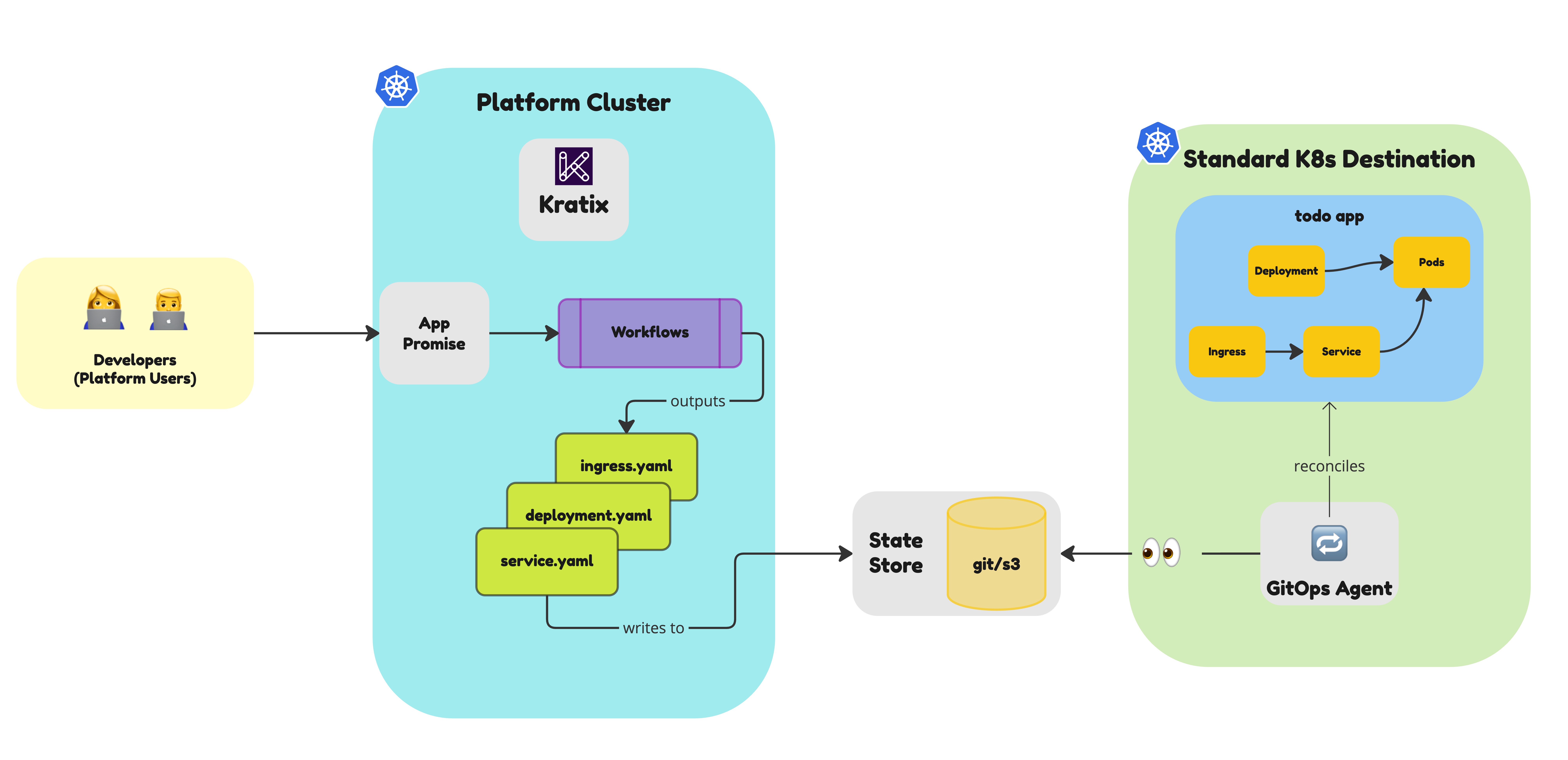Control your Fleet Upgrades with Kratix Promise Revisions and Resource Bindings
Rolling out changes across a platform fleet is one of the hardest parts of being a platform engineer. Move too fast, and you risk availability. Move too slowly, and the platform becomes a bottleneck.
Imagine you are responsible for maintaining a suite of production services. Some support apps that are more business critical than others - maybe they are customer facing, or back time-sensitive business functions. You receive a notification of a vulnerability that you need to patch. How do you ensure that upgrades to those business critical services are successful and won’t cause downtime or outages?





